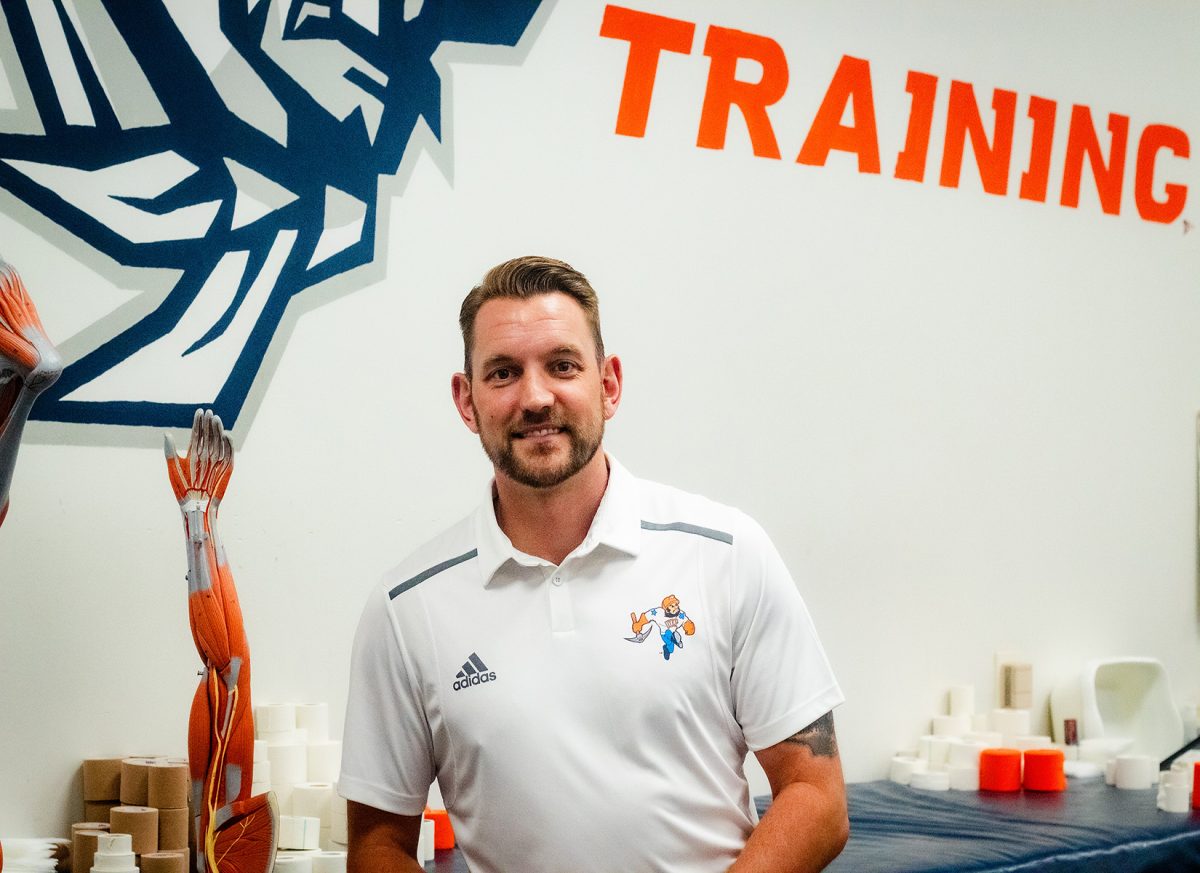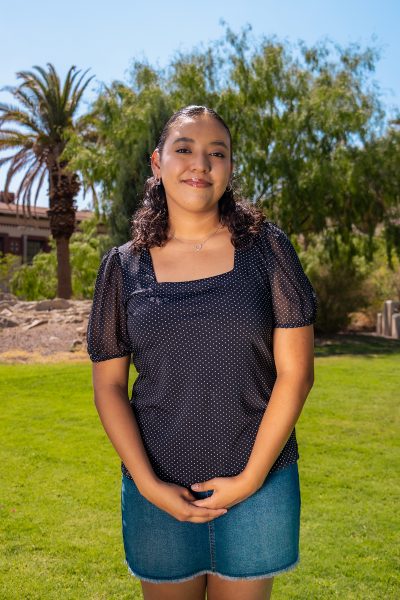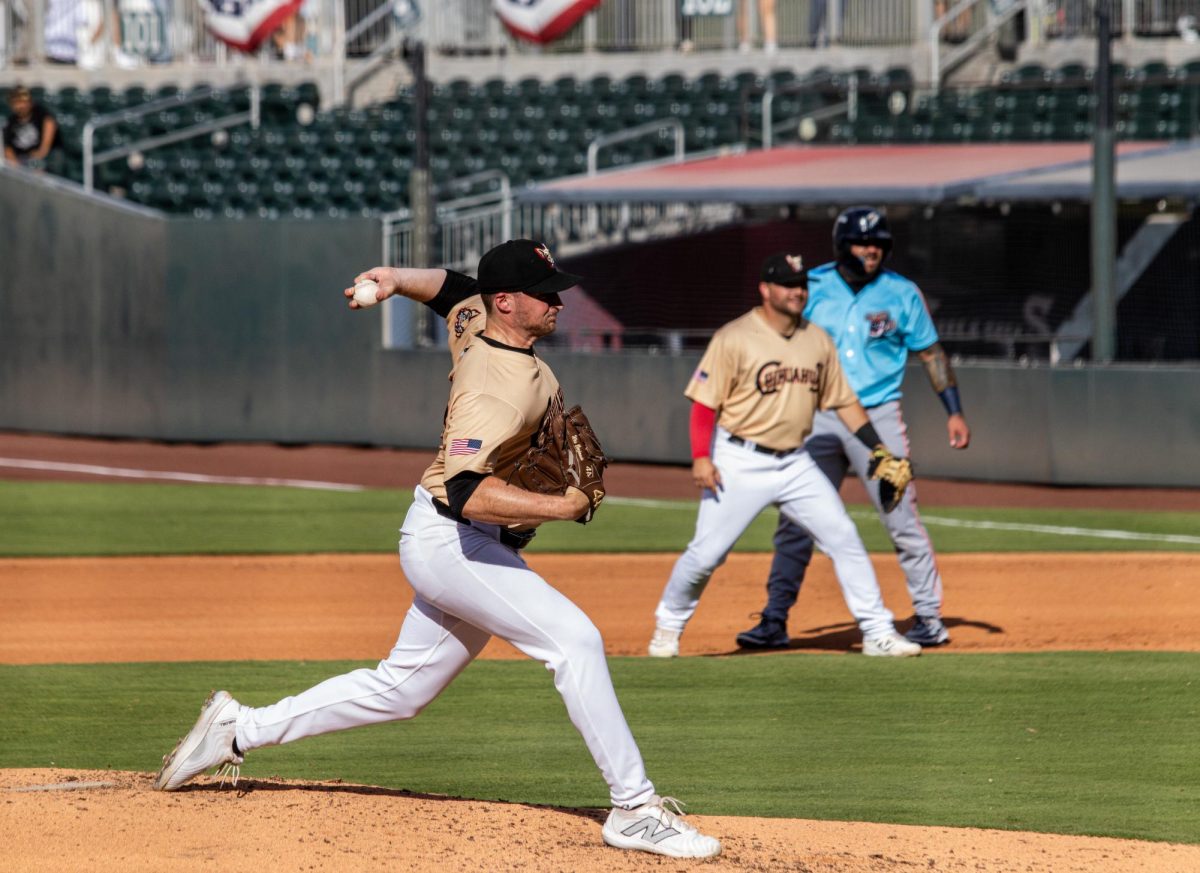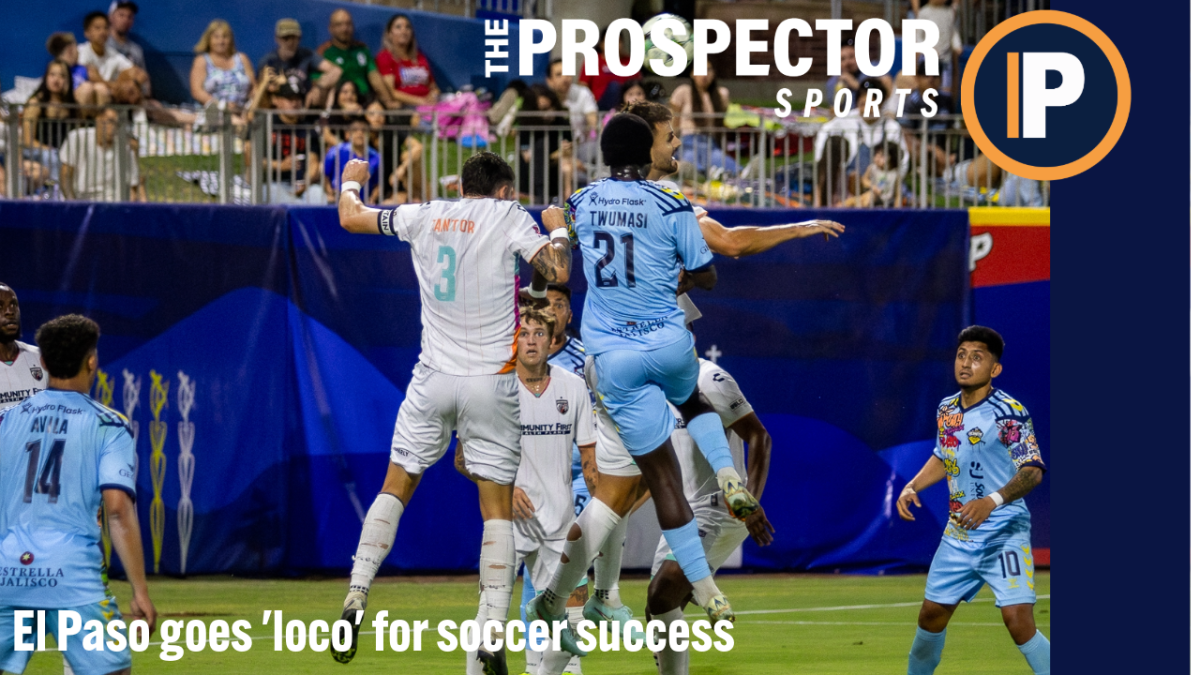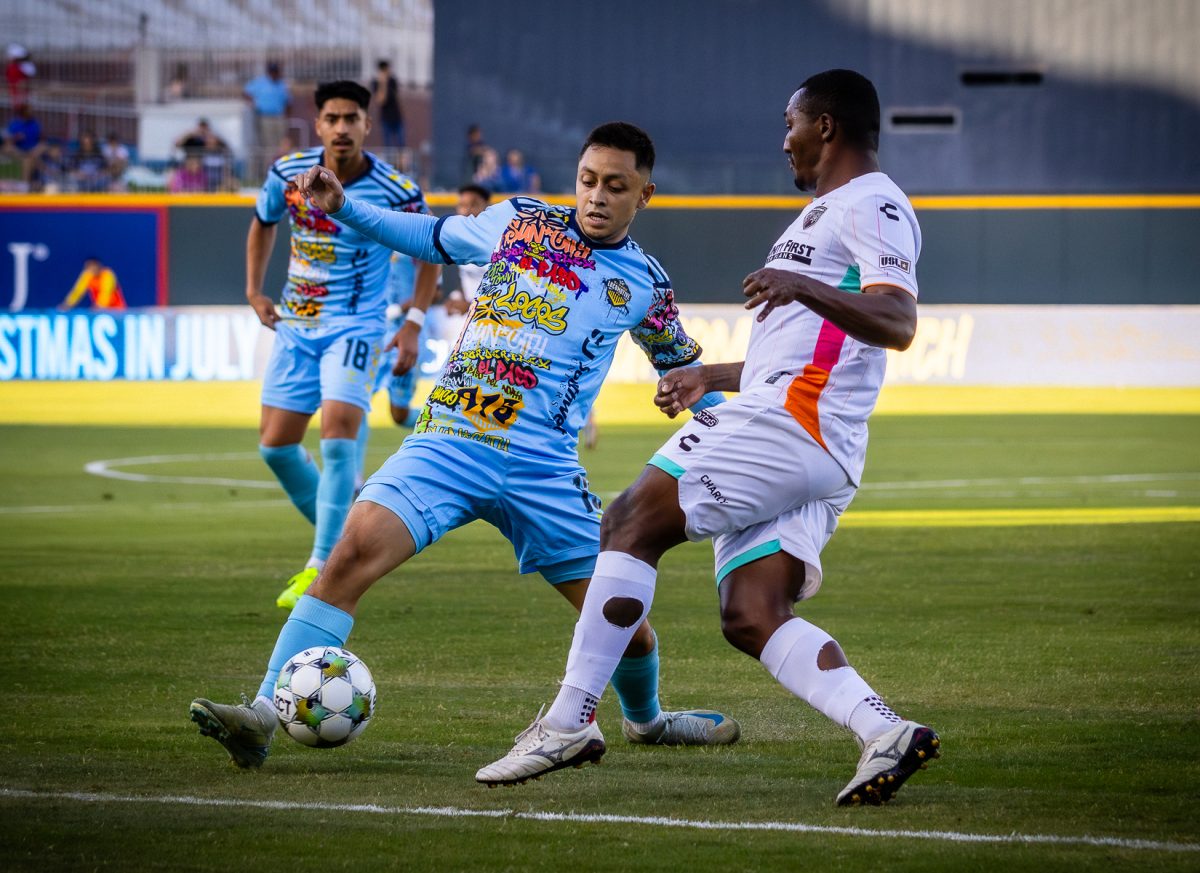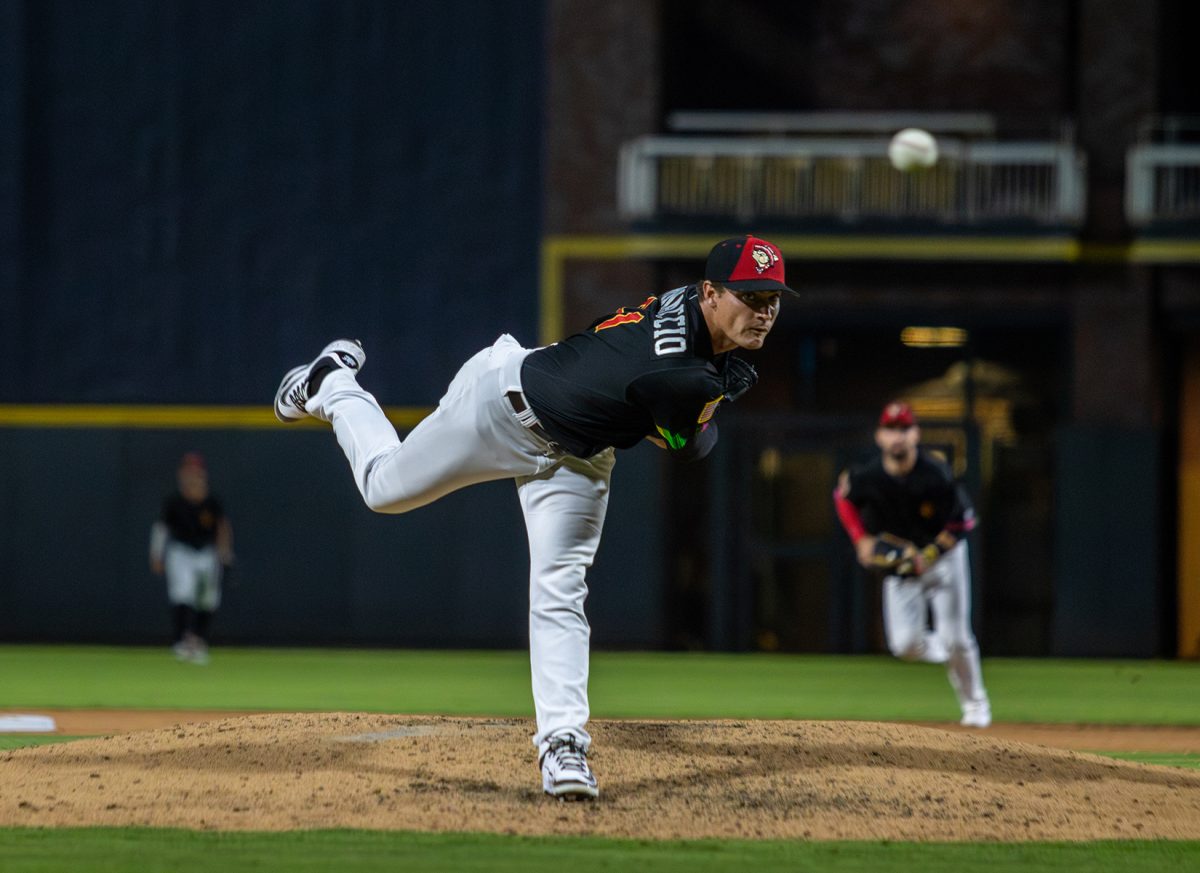Behind the scenes of UTEP athletics, the sports medicine team plays an essential role in the athletes’ health and welfare.
Director of Sports Medicine Andrew Ure has served in the role for three years and has been at UTEP for six years. Ure also works as the primary athletic trainer for the men’s basketball team. Ure said that the department handles every aspect of an athlete’s health.
“Whether they’re hurt in athletics and sprain their ankle at basketball practice, or I get a phone call at 11 o’clock at night saying, ‘Hey, I just accidentally kicked my wall and I can’t walk,’” said Ure. “All that funnels through us.”
In addition to providing physical care, the mental health issues that athletes tackle are handled by the sports medicine team.
“We have a volunteer sports psychologist if it has to do with performance,” said Ure. “If it’s an acute case like a crisis, we are the crisis managers, so, we’re the ones that are tracking a situation and then taking them directly to the people that can help them.”
To spot trends and prevent injuries before they happen and identify times of the year when athletes are likely to become ill, the team takes part in the NCAA Injury Surveillance Program.
Despite efforts to prevent injuries, some are expected, especially in high-contact sports like football with large rosters.
According to Ure, student athletic trainers help the sports medicine team meet the needs of UTEP’s 17 NCAA sports teams.
“They’re crucial to what we do,” said Ure. “Without them, I don’t think we would run very smoothly.”
For junior Natalie Chong and senior Alejandra Valdo, both majoring in kinesiology, the program serves as a way to get experience in the sports medicine.
Student trainers work closely with the certified athletic trainers and get the opportunity to practice treating different kinds of injuries throughout the different sports as they switch yearly. Chong is currently working with the men’s basketball team while Valdo is working with football.
The work of the student trainers varies depending on sport and how long and comfortable they are providing treatment. Ure shared that more experienced student trainers may get the chance to write and perform the rehab treatment under the supervision of the certified trainers.
Both Chong and Valdo’s passion for the field of sports medicine came from personal experiences with injuries where they had to work with athletic trainers.
“I experienced my own injury, and I had to go through the same process,” said Chong. “I saw what that trainer did for me and the process of coming back and doing the sport that I love, that’s what inspired me to join the program.”
Valdo said that while she did get treatment for her injury during high school, the UTEP sports medicine department offers more hands-on care to their athletes which motivated her to pursue this career path.
The program does have its challenges as student trainers have to balance work’s demands, which can include traveling to away games, even with their busy academic schedules.
“This is a seven day a week job, and it’s normally 10 to 12 hours a day so, we have a long conversation with them about the responsibilities,” said Ure.
Given these responsibilities, balancing school with work takes time and effort.
“We have to be full time students, and its very much an experience that’s full time as well,” said Chong. “Time management is probably one of the biggest challenges and overcoming that and making time for school, and not only that, but yourself, that’s very important.”
Despite the challenges, Valdo shares that the program has been rewarding as it has helped her grow and be sure of herself and her skills.
“I was very timid when I first started even though I knew what I was doing and I knew what I was talking about but putting it all together and having confidence while doing it was what I struggled with last semester,” said Valdo. “I was able to work with my preceptor last semester, and he helped me build my confidence.”
For Chong the most rewarding aspect has been the connections she has built.
“I am able to test my knowledge, especially when I was working by myself with basketball,” said Chong. “It’s rewarding to connect with athletes, especially when they have injuries similar to ones I went through.”
A sentiment Ure, Chong and Valdo all share is that sports medicine is more than what meets the eye. The team’s work goes far beyond just taping ankles and passing out water, they are the motivators, giving hope to athletes when they face an injury and are ultimately their biggest advocates.
Ximena Cordero is the audience engagement editor and may be reached at [email protected].

